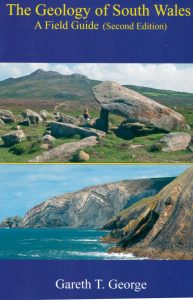The aim of the guide is to help professional and interested amateur geologists to investigate the rocks themselves and to put them in a modern scientific context.
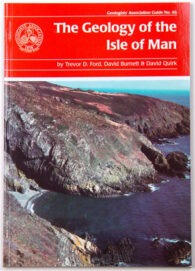

The aim of the guide is to help professional and interested amateur geologists to investigate the rocks themselves and to put them in a modern scientific context.

Sea level change is something that probably everyone who does their best to keep up to date about climate change, thinks they know about and on which they will have an opinion. However, this guide clearly shows that there are important misconceptions about the topic, and recent newspaper articles, TV and radio presentations unfortunately tend to bear little relation to reality.
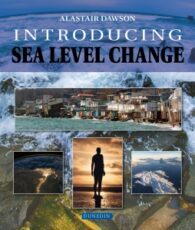
I like local geological guides, which aim to get you out and about, visiting areas you might not have known are worth a daytrip. And this is a good example. I sat down and read it cover to cover, as it is only 90 pages long. And I now really want to visit this bit of Kent coastline. Largely concentrating on the Upper Cretaceous Chalk, this guidebook explains and illustrates what seems to be some marvellous geology that can also be explored during what could be a lovely day out on the beach.
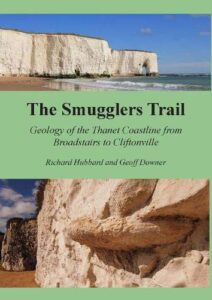
I approached this book with what turned out to be completely irrelevant preconceptions. I was very wrong. In fact, this is a little geological tour de force describing field locations and, what one reviewer described as “the logic of geology: how vanished land – and seascapes can be conjured back into existence from the raw rock record”.
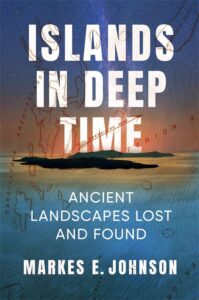
In recent years, Graham Park has been prolific in his writing for Dunedin Academic Press. In this new tome, he has produced what I suspect is a really great introduction to a range of key concepts and geological processes for both undergraduates and the interested, moderately well-informed amateur.
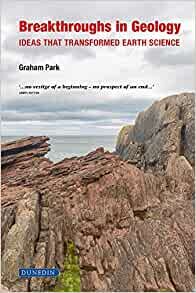
By David N Thomas and David G Bowers The extent to which our planet is covered by oceans and seas (about 70%), and the increasing concern that right-minded people have about climate change, means that there is a both a desire and an urgent need…
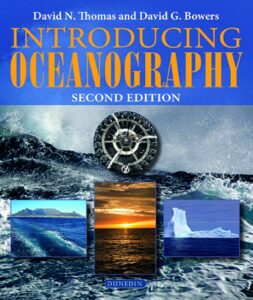
I like fossils, but it is always nice to have a brief but informative guide to the actual science behind one’s finds. And this Dunedin guide certainly fits the bill for amateurs and undergraduates alike.
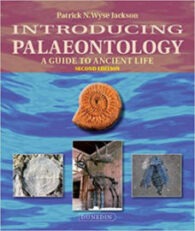
This is a new guide in Dunedin’s ‘Introducing …’ range of books, covering the branch of geology that studies rock layers (strata) and layering (stratification), primarily in sedimentary rocks, but also layered igneous rocks. In this way, it is intended for students and amateur geologist, rather than the academic earth scientist.
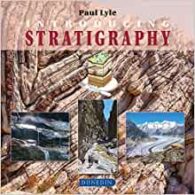
This is one of the oldest of the GA’s guides and is currently in its third edition (the first having been published in 1957 and the second in 1972). Although there have been changes in classification and so on, the general exposures are largely as good as they used to be – or they were the last time I went!
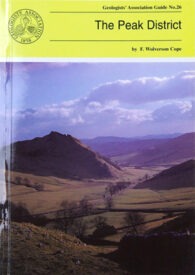
I have to admit that I hadn’t heard of ‘hydrogeology’ before, but I should have. Hydrogeology is an important and vibrant sub-set of geological science, dealing with the distribution and movement of water –groundwater – in the Earth’s soil and rocks. Groundwater transport is one part of the overall hydrological cycle in which water is transferred by evaporation from the oceans and seas into the atmosphere.
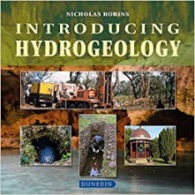
I really like the ‘Introducing ….’ series publish by Dunedin Academic Press, as you will have ascertained, if you have read the many reviews I have included in this magazine. This second edition of Introducing Sedimentology by Stuart Jones updates the version I reviewed a while ago (see Book review: Introducing Sedimentology, by Stuart Jones), and I found it equally enjoyable.
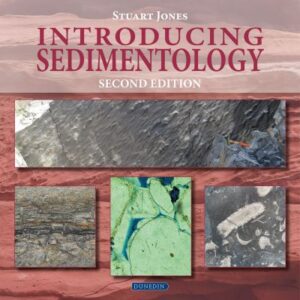
The is a second edition of Prof John Cope’s excellent geological guide to the Dorset coast for the Geologists’ Association. It is slightly shorter than the first edition, with some minor corrections and some of the figures revised, together with new photographs. It also now includes the huge quantity of data amassed over last few decades during the hydrocarbon exploration work in the county.
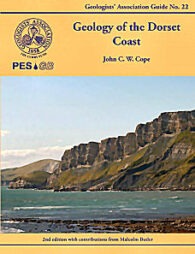
Trenton Holliday’s excellent book, tells the story of Cro-Magnon people in the context of recent scientific advances. However, while it does not shy away from complex scientific issues, the book is written with a light, understandable touch.
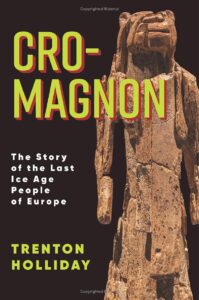
This book would seem to be the follow up to the well-received A History of Life in 100 Fossils. However, this time, this glossy hardback tells the story of plants on earth using significant fossils that are, for the most part, kept at the Natural History Museum in London. Like that other book, it is set out in a simple format, in which a couple of sides of text are used to describe a full page colour photograph of the fossil in question.
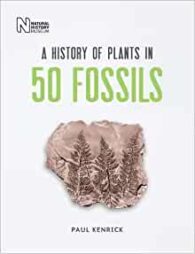
Nebraska has an excellent geological record, which is celebrated by some fine mosaics at the Nebraska State Capitol. When the building was being constructed, and at the request of Prof Hartley Burr Alexander of the Philosophy Department and from drawings by a colleague, the artist, Hildreth Meière, was asked to create a series of mosaics. These are now set out on the floor of the rotunda for all to see.
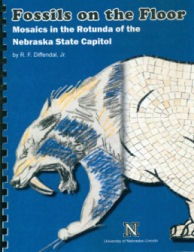
This is the second Geologists’ Association guide by Professor John Cope. The other is the second edition of his excellent Dorset guide. And, on the grounds that “if it ain’t broken, don’t mend it”, this guide to the south Devon coast follows the highly successful basic plan of that other guide, including the extensive use of colour photos and diagrams.
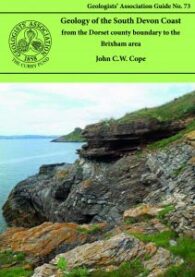
This 4th edition is the first edition of this book to be published with full colour illustrations throughout, and is presented as an enhancement and revision to the text to reflect advances in sedimentology since the publication the 3rd edition. Therefore, I suspect that it retains its place as a leading geological text and reference book for professional geologists and students alike.
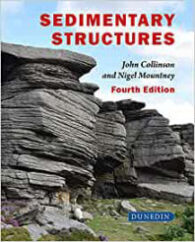
Dunedin Academic Press has once again added a title to its series of introductions to scientific subjects. This one is a short introduction to an essential subject to any budding geologist (essential, because, as the author points out, 70% of the rocks on the Earth’s service are sedimentary in origin and are of the utmost economic importance to all of us.
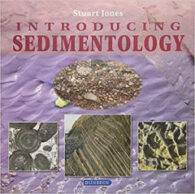
In these times, when the classic discipline of palaeontology is diminishing, there is a demanding need to inspire the next generation of palaeontologists – and perhaps also to make this field of scientific research more approachable. Otherwise, we are in the risk of losing generations of knowhow and a great tradition of studying time, through the evolution of life.
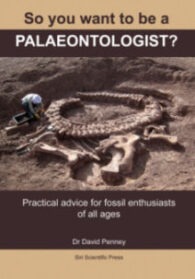
This is an interesting little booklet and very much a new departure for the Palaeontological Association. Rather than covering specific fossils, it contains colourful, detailed, artistic illustrations, accompanied by concise explanatory text by palaeoartist, James McKay.
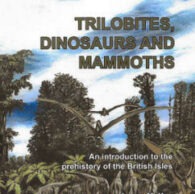
I have reviewed some excellent previous guides in this series (Iceland: Classic Geology in Europe 3), but this one is closer to home and covers an area that I have fond memories of from my Munro-bagging days. This is more a companion guide for those walking in the Highlands, especially those on geological field trips.
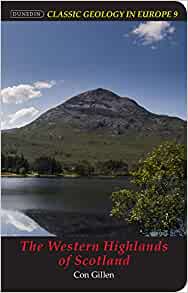
Recently, I have finished the Great Silurian Controversy, a magnificent book about the nineteenth century arguments over the age of the lower Palaeozoic greywackes/sediments of Devon, and the creation of the concept of the Devonian. And reading The Lewisian: Britain’s oldest rocks by Graham Park, it occurs to me that this should perhaps be called, The Great Lewisian Controversy. It shares the same historical and scientific intentions, and the same grand sweep of scientific history, this time from the early twentieth century – namely, the exploration over decades of the geology of the Lewisian of northwest Scotland.
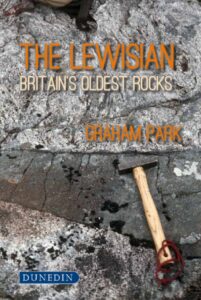
William Boyd Dawkins is an immensely fascinating character, who dominated British geology during his time, and yet is mostly forgotten today. He received a professorship and a knighthood, along with many top awards, and yet Mark Wright, in this excellent biography, describes him as “a liar and probably a cheat”.
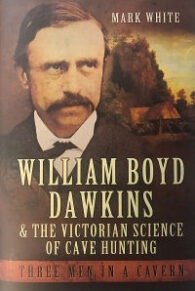
I remember reading and enjoying this book when the first edition came out many years ago. I am also a keen hillwalker and have stood on top of many of the Scottish mountains referred to in the text. In fact, I particularly enjoyed climbing Ben More on the island of Mull, which I remember reading was the last volcano in northwest Europe.
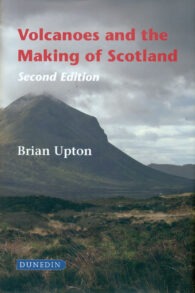
I quite like regional guides books, even about areas I haven’t been to and am unlikely to visit. That isn’t the case for South Wales, which is one of my favourite areas in the UK for both scenery and geology. Therefore, this guide is another good addition to my collection and will no doubt accompany me soon on another holiday in the Principality.
